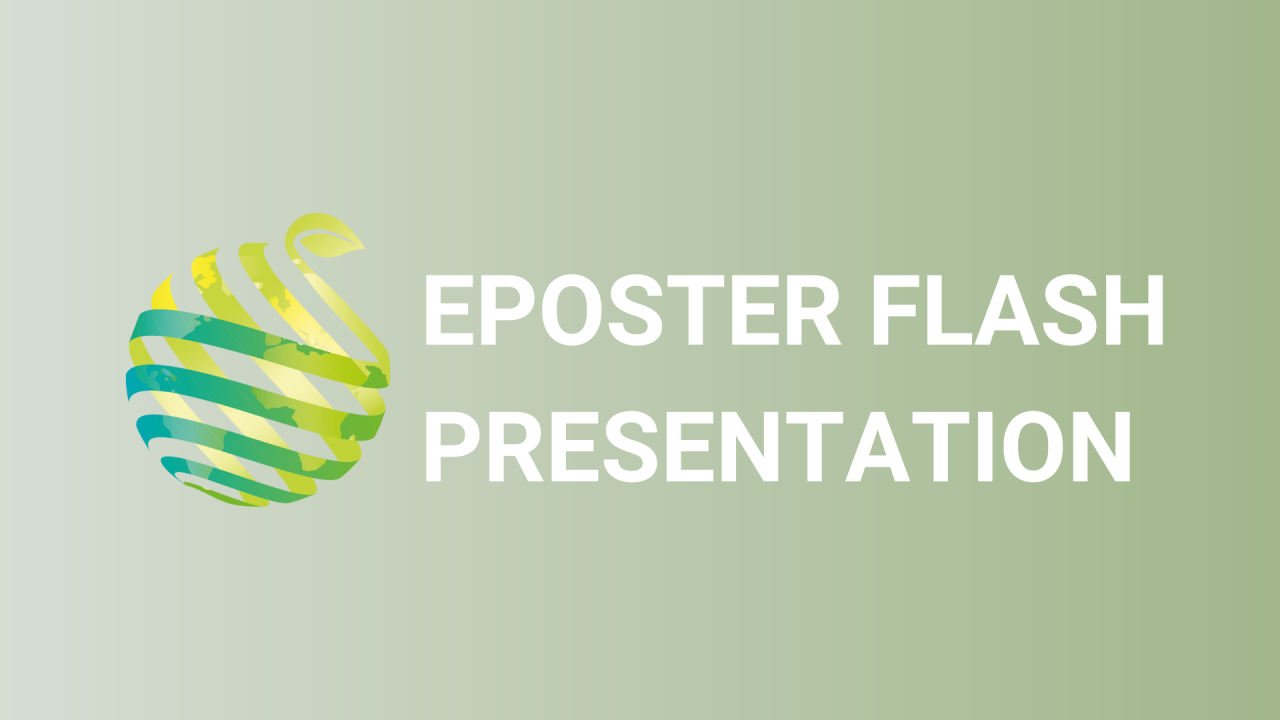

S21 - Session P1 - Meeting organic export banana nitrogen demand from local sources: options and estimates for Peru and Dominican Republic
Information
Authors: Charles Staver *, Pablo Siles, Martin Mena, Rein Van der Hoek, Domingo Rengifo, Juan Carlos Rojas Llanque, Esdwin Nunez, Gustavo Gandini, Philippe Tixier
Tropical banana production for distant temperate zone consumers faces diverse sustainability challenges. Organic banana production addresses environmental and human health impacts, an important contribution compared to conventional banana. However, organic banana also faces questions about carbon and water footprints and local nutrient sources and recycling. We address in a desk study the potential to source nitrogen locally to replenish harvested fruit-N for two organic export sectors. Dominican Republic with 15,000 hectares of organic banana and average yields of 43 tons/ha exports approximately 1350 tons of N annually, while Peru with 9,000 hectares and yields of 46 tons/ha ships out 864 tons annually. Extrapolating from referenced studies and expert opinion, we analyzed the potential of five sources to replace N exported in banana n manure from nearby extensive livestock zones, leguminous hedges for mulch production and to support on-farm zero grazing livestock also fed reject bananas and cut-and-carry grasses, herbaceous cover crop legumes in established plantations and banana rotation with nitrogen-fixing fodders. Manure would be needed from 10,000 cows grazing 10,000 to 20,000 hectares at 50% manure collection rate (DR) or 300,000 n 500,000 sheep and goats grazing 150,000 to 1,000,000 hectares at a 33% manure collection rate (PE) to completely supply organic banana nitrogen. A zero-grazing cow on-farm would require 400 meters of fodder hedge annually to produce 30 kg manure N, only about a third of demand/ha. The same 400 meter hedge in leguminous shrubs would generate annually 5 tons of mulch worth 50 kg N. A leguminous cover crop has low potential to contribute new N to banana, although a double row plantation and lower mat density may permit increased legume growth and up to 30kg N fixed/ha. The N-credit from perennial fodders in rotation with banana would cover N-demand the first year, but decline sharply in later years. The proposed options differentially increase water, labor, capital and transport costs and generate greater carbon offset charges from associated livestock. All alternative mixed strategies using off-site manure and on-farm legume shrubs and cover crops demand substantial redesign of farm production routines which highlights transition costs to achieve greater sustainability in crop production.